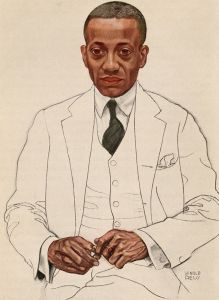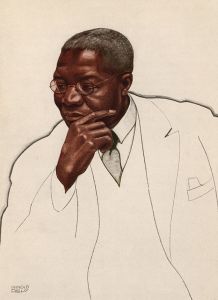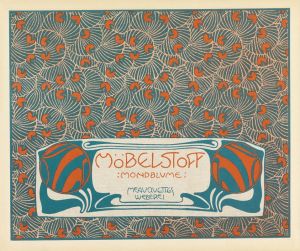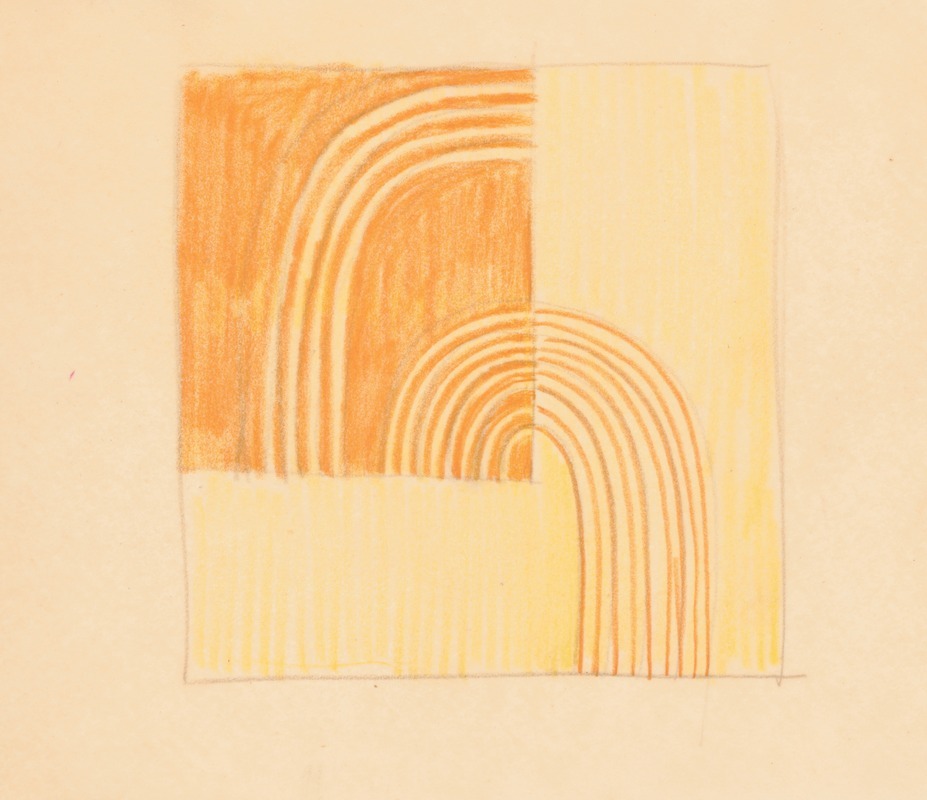
Miscellaneous small sketches for inlaid table tops.] [Design with orange and yellow geometric motif
A hand-painted replica of Winold Reiss’s masterpiece Miscellaneous small sketches for inlaid table tops.] [Design with orange and yellow geometric motif, meticulously crafted by professional artists to capture the true essence of the original. Each piece is created with museum-quality canvas and rare mineral pigments, carefully painted by experienced artists with delicate brushstrokes and rich, layered colors to perfectly recreate the texture of the original artwork. Unlike machine-printed reproductions, this hand-painted version brings the painting to life, infused with the artist’s emotions and skill in every stroke. Whether for personal collection or home decoration, it instantly elevates the artistic atmosphere of any space.
Winold Reiss was a German-American artist and designer known for his contributions to modern design and his influence on American art in the early to mid-20th century. Born in Karlsruhe, Germany, in 1886, Reiss immigrated to the United States in 1913, where he became renowned for his work in various artistic fields, including portraiture, interior design, and graphic arts. His diverse body of work reflects a blend of European modernism and American themes, often incorporating bold colors and geometric patterns.
The piece titled "Miscellaneous small sketches for inlaid table tops" with a "Design with orange and yellow geometric motif" is one of Reiss's many explorations into decorative arts. Reiss was particularly interested in the application of art in everyday objects, and his designs for inlaid table tops exemplify this interest. These sketches likely served as preliminary designs for furniture pieces, showcasing Reiss's ability to translate his artistic vision into functional art.
Reiss's approach to design was heavily influenced by his background and training in Germany, where he was exposed to the Jugendstil movement, the German counterpart to Art Nouveau. This movement emphasized the integration of art into all aspects of life, a principle that Reiss carried into his work in America. His designs often featured vibrant colors and dynamic compositions, characteristics that are evident in the orange and yellow geometric motifs of these sketches.
In the United States, Reiss became a prominent figure in the Harlem Renaissance, a cultural movement during the 1920s that celebrated African American cultural and artistic expression. He is well-known for his portraits of African American and Native American subjects, which were groundbreaking at the time for their respectful and dignified representation. Although the sketches for inlaid table tops are not directly related to his portrait work, they reflect his broader interest in cultural diversity and artistic innovation.
Reiss's work in interior design and decoration extended beyond sketches and included significant projects such as the design of the interiors for the Cincinnati Union Terminal and the Longchamps restaurants in New York City. His ability to blend artistic styles with functional design made him a sought-after designer during his career.
The geometric motifs in Reiss's sketches can be seen as part of the broader Art Deco movement, which was characterized by bold geometric patterns, rich colors, and luxurious materials. Art Deco was popular in the United States during the 1920s and 1930s, and Reiss's work contributed to the movement's aesthetic, particularly in the realm of interior design.
Overall, Winold Reiss's "Miscellaneous small sketches for inlaid table tops" with an orange and yellow geometric motif exemplify his innovative approach to design and his ability to merge artistic expression with practical application. His work continues to be celebrated for its vibrant style and cultural significance, reflecting a unique blend of European and American artistic traditions.





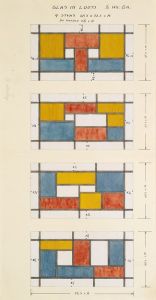
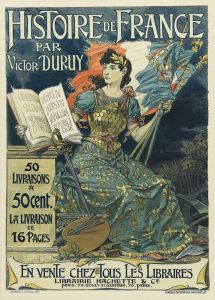
![Designs for Indian Room, Chic-n-Coop Restaurant, Montreal, Canada.] [Placemat design with chicken character wearing crown](/imgs/249244/s/winold-reiss-designs-for-indian-room-chicncoop-restaurant-montreal-canada-placemat-design-with-chicken-character-wearing-crown-67b965b8.jpg)
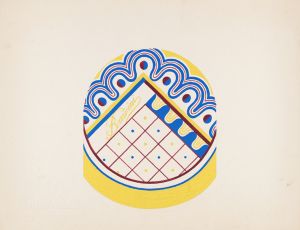
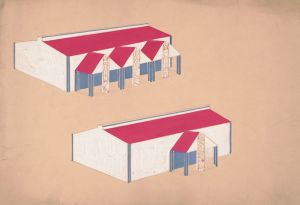
![Designs for unidentified restaurant or bar interiors.] [Color study of bar, showing elevations with turquoise and vermillion decorations with tropical theme, no. 1](/imgs/249335/s/winold-reiss-designs-for-unidentified-restaurant-or-bar-interiors-color-study-of-bar-showing-elevations-with-turquoise-and-vermillion-decorations-with-tropical-theme-no-1-cec5c0ed.jpg)
![Interior perspective drawings of Hotel Siwanoy, Mount Vernon, NY.] [Interior perspective of dining room](/imgs/249368/s/winold-reiss-interior-perspective-drawings-of-hotel-siwanoy-mount-vernon-ny-interior-perspective-of-dining-room-d26480cd.jpg)
![Interior perspective drawings of Hotel Siwanoy, Mount Vernon, NY.] [Interior perspective, unidentified room in pink, vermillion, and black](/imgs/249371/s/winold-reiss-interior-perspective-drawings-of-hotel-siwanoy-mount-vernon-ny-interior-perspective-unidentified-room-in-pink-vermillion-and-black-69402656.jpg)
![Miscellaneous small sketches for inlaid table tops.] [Design with blue and orange floral motif](/imgs/249431/s/winold-reiss-miscellaneous-small-sketches-for-inlaid-table-tops-design-with-blue-and-orange-floral-motif-4e4a4b57.jpg)
![Miscellaneous small sketches for inlaid table tops.] [Design with circular and geometric motif](/imgs/249433/s/winold-reiss-miscellaneous-small-sketches-for-inlaid-table-tops-design-with-circular-and-geometric-motif-3afe4da6.jpg)
![Miscellaneous small sketches for inlaid table tops.] [Design with red and blue cubic motif](/imgs/249439/s/winold-reiss-miscellaneous-small-sketches-for-inlaid-table-tops-design-with-red-and-blue-cubic-motif-47eb56d2.jpg)
